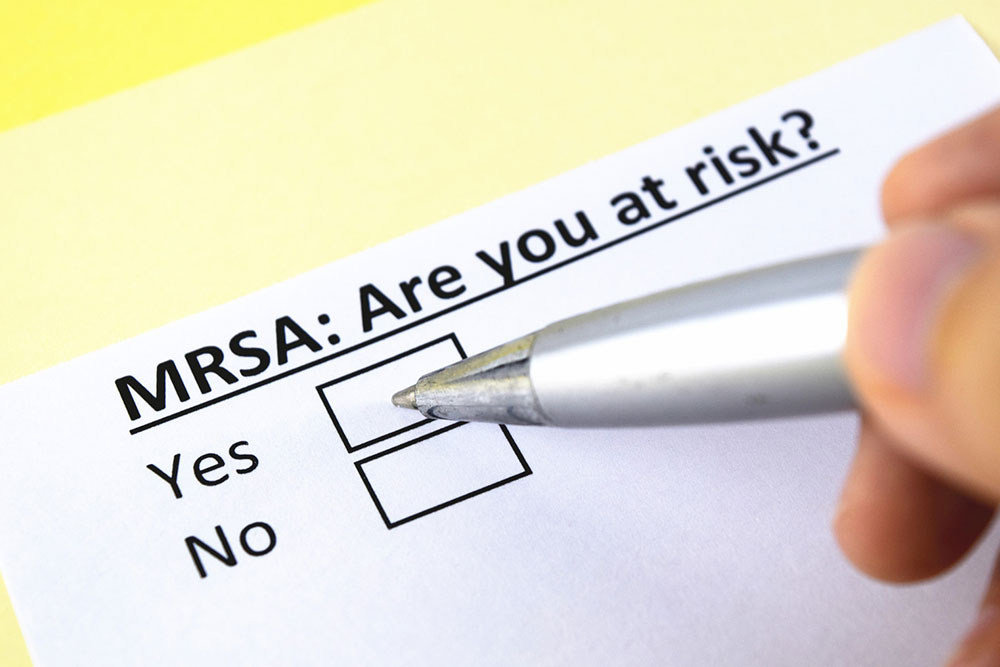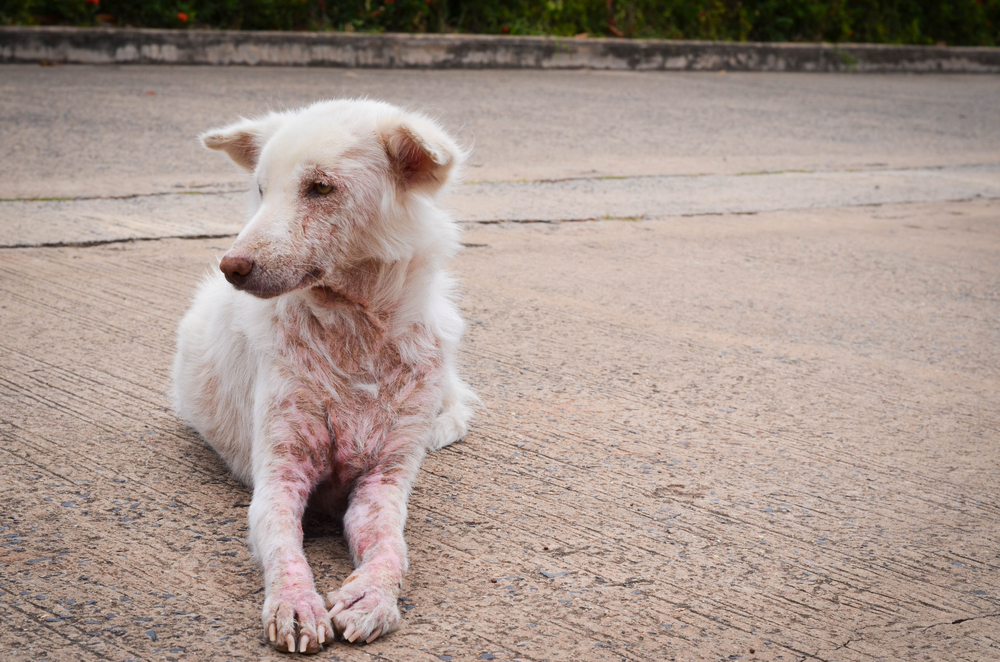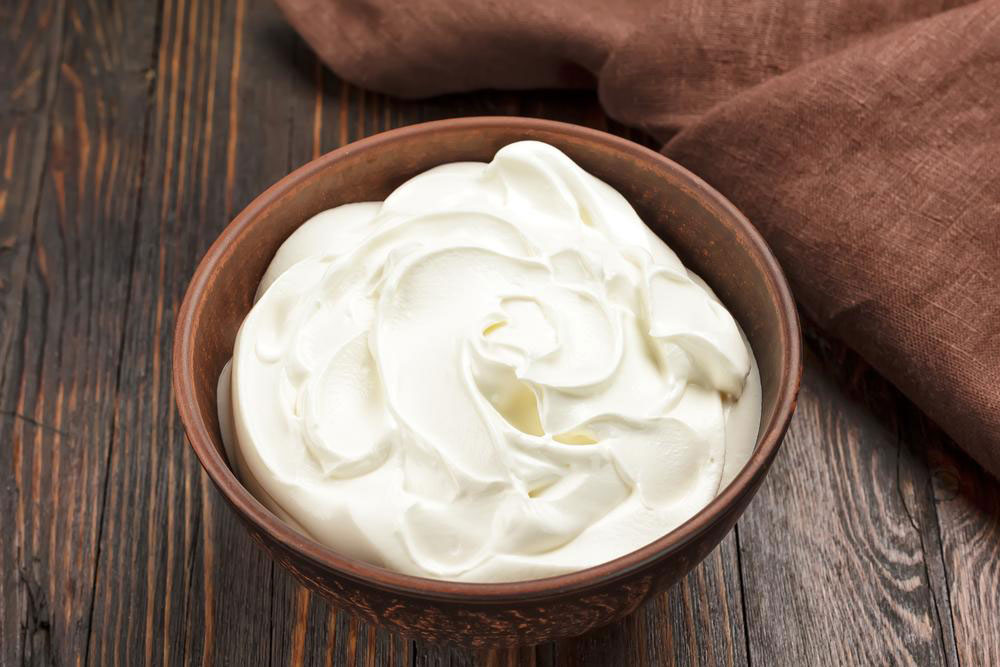MRSA Overview: Symptoms, Prevention, and Treatment Strategies
This article provides a comprehensive overview of MRSA, including symptoms, prevention strategies, and treatment options. It emphasizes early detection, proper hygiene, and natural remedies like essential oils and dietary support to manage MRSA effectively. The guide is valuable for those looking to understand and prevent this resistant bacterial infection, highlighting key medical practices and natural approaches to health.

MRSA Overview: Symptoms, Prevention, and Treatment Strategies
Methicillin-resistant Staphylococcus aureus (MRSA) is a bacteria that resists many antibiotics, often causing painful skin infections that can escalate into serious health issues if it penetrates the bloodstream. Detecting and treating MRSA early is vital for a full recovery. Read on to explore symptoms, preventive tips, and effective management methods for MRSA.
What is MRSA?
MRSA is a strain of Staphylococcus aureus bacteria that has developed resistance to common antibiotics like methicillin. This resistance makes infections difficult to treat and control.
MRSA can lead to skin infections, especially where skin has cuts or abrasions. It is contracted in hospitals (HA-MRSA) or through community contact (CA-MRSA). Crowded living conditions, children, and hospital patients are particularly vulnerable.
Many carry MRSA harmlessly without showing symptoms. Generally, community-acquired MRSA tends to be milder than hospital-acquired strains. Despite decreasing rates recently, MRSA remains a common cause of skin and bloodstream infections.
Effective management involves antibiotics tailored to MRSA, and seeking medical attention promptly ensures proper treatment.
Recognizing MRSA Symptoms
Signs include red, tender bumps or boils on the skin, swelling, and possible pus drainage. Fever and fatigue may accompany skin issues. Severe cases, notably HA-MRSA, may cause chest pain, cough, and breathing difficulties.
Around 2% of people carry MRSA in their noses without symptoms, but the risk increases with wounds or immune system weakness.
How to Approach MRSA Treatment
If you detect painful, draining bumps, see a healthcare provider. Diagnosis involves skin swabs and laboratory testing, with further investigations if the infection spreads.
Treatment Methods
Drain and clean the infected area; apply prescribed antiseptic ointments.
If infections persist, doctors may prescribe antibiotics effective against MRSA. Complete the full course to prevent resistance.
Preventive Tips
Avoid contact with others if infected.
Refrain from sharing personal items like clothing and toiletries.
Follow good hygiene practices: wash hands frequently and disinfect wounds immediately.
Encourage children to practice hygiene diligently.
Boost immunity through healthy eating and responsible use of antibiotics.
Natural Remedies for MRSA
Use warm compresses to soothe swelling and discomfort. Use clean cloths soaked in warm water.
Apply essential oils such as tea tree or oregano oil mixed with carrier oils; both have antibacterial effects.
Coconut oil supports skin healing and has natural antimicrobial properties; apply directly or mixed with oils.
Aloe vera gel can aid in soothing and healing infected skin areas.
Turmeric contains curcumin, which has antimicrobial qualities; make turmeric paste with coconut oil or include turmeric in beverages to boost immunity.
Maintain a nutritious diet rich in immune-supportive foods.
Annually, about 1.2 million individuals worldwide are affected by MRSA. With prompt medical care, proper hygiene, and natural remedies like coconut and tea tree oils, MRSA can be effectively managed. Consult healthcare professionals for accurate diagnosis and personalized treatment plans.


